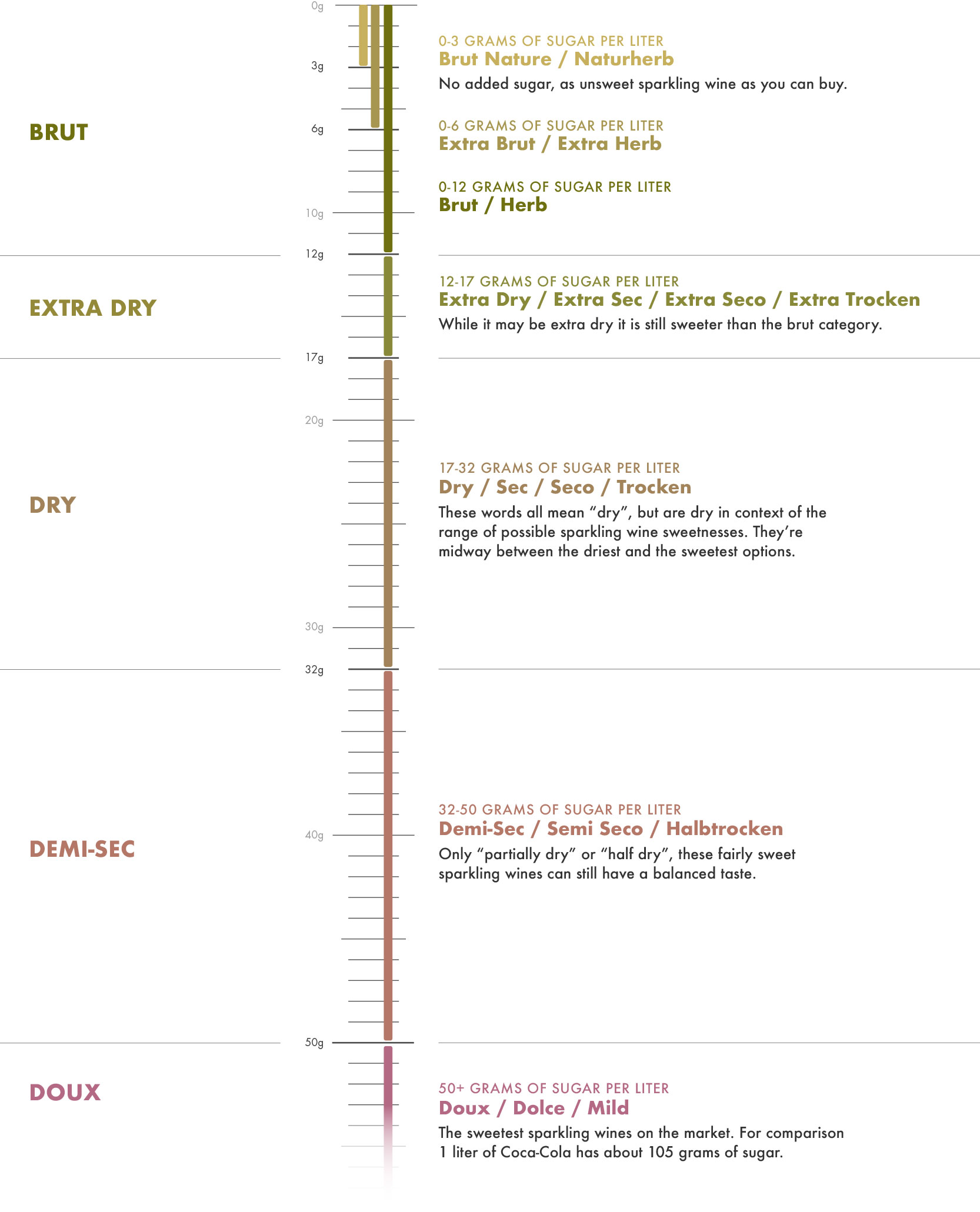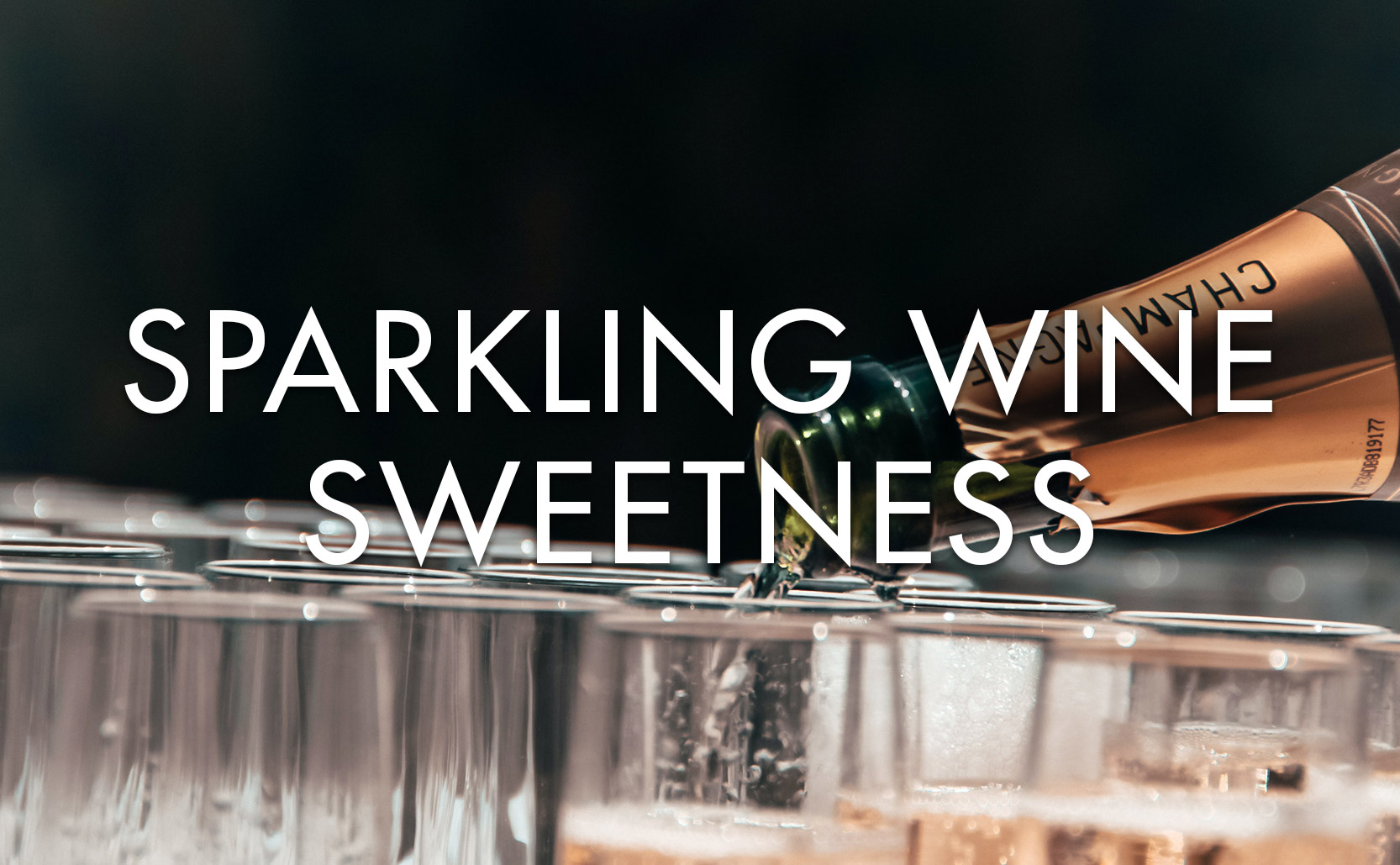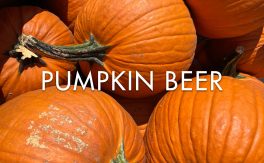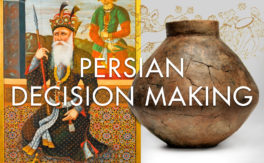Sparkling wines range from dry to sweet based on how much sugar is added after the second fermentation.
The most well known kind of sparkling wine is Champagne which not-so-coincidentally comes from the Champagne region of northern France. The word “Champagne” is a protected designation of origin (PDO) term which means only sparkling wine from the Champagne region of France may be legally called “Champagne” (as per a a rule included in the Treaty of Versailles in 1919). As such other countries have their own regional names for sparkling wine. The Spanish call their sparkling wine Cava, the Germans and Austrians have Sekt, the Italians have Spumante but their better known protected designation of origin variety of sparkling wine is Prosecco, etc. The one exception is the United States who never ratified the Treaty of Versailles and have been free to call their sparkling wine Champagne ever since (although in 2006 the issue was revisited and the US agreed to some limits, but established American companies calling their sparkling wine Champagne were allowed to continue doing so).
While there are a variety of methods to making sparkling wine, they all start with making wine. This is followed by adding a little sugar & yeast to each bottle to generate a second fermentation. This second fermentation, which takes place in the capped bottle, is what produces the CO2 bubbles sparkling wine is known for. Depending on the production method, wine makers then add a mixture known as “le dosage” at the end before the final corking. Dosage is a sweet mixture of still wine and sometimes sugar to balance out the flavor of the sparkling wine. How much dosage is added makes all the difference.
Sparkling Sweetness
The sweetness of a sparkling wine is determined by how much sugary dosage is added – the more sugar, the sweeter the sparkling wine (makes sense). To know how sweet a sparkling wine is, wine makers label their bottles with a variety of terms. Unfortunately, different countries use different words to convey the same general idea. The following is an explanation of sparkling wine sweetness terms.

Added info: the most famous early sparkling wine was by the 17th century monk Dom Pérignon, however sparkling wine originated in England. In typical wine bottles, sparkling wine has the tricky problem where the second fermentation inside the bottle builds up enough pressure that the bottle can explode. Because 17th century English glassmakers used coal in their glass production they could produce a stronger bottle which allowed them to reliably produce sparkling wine before the French.





